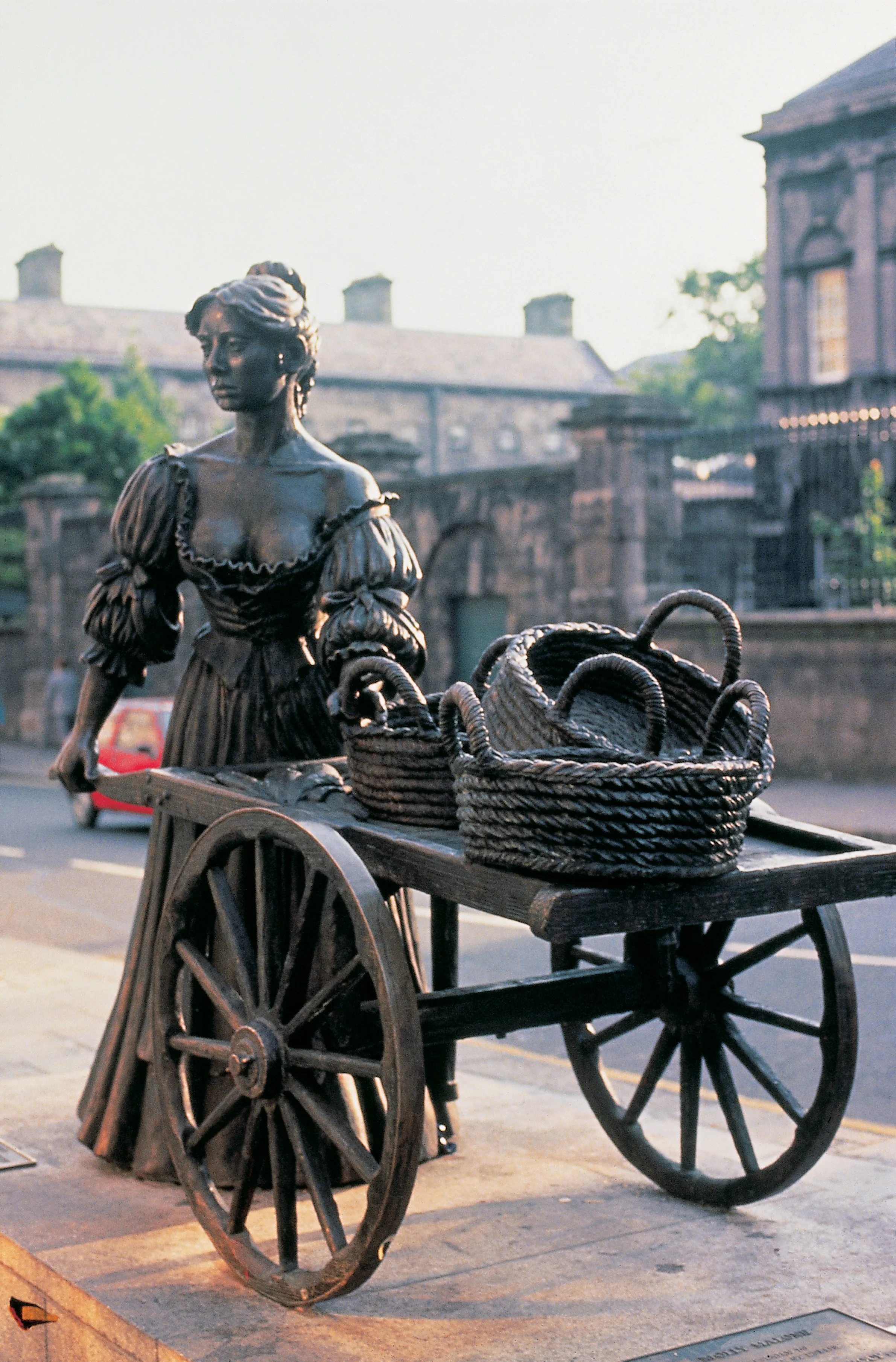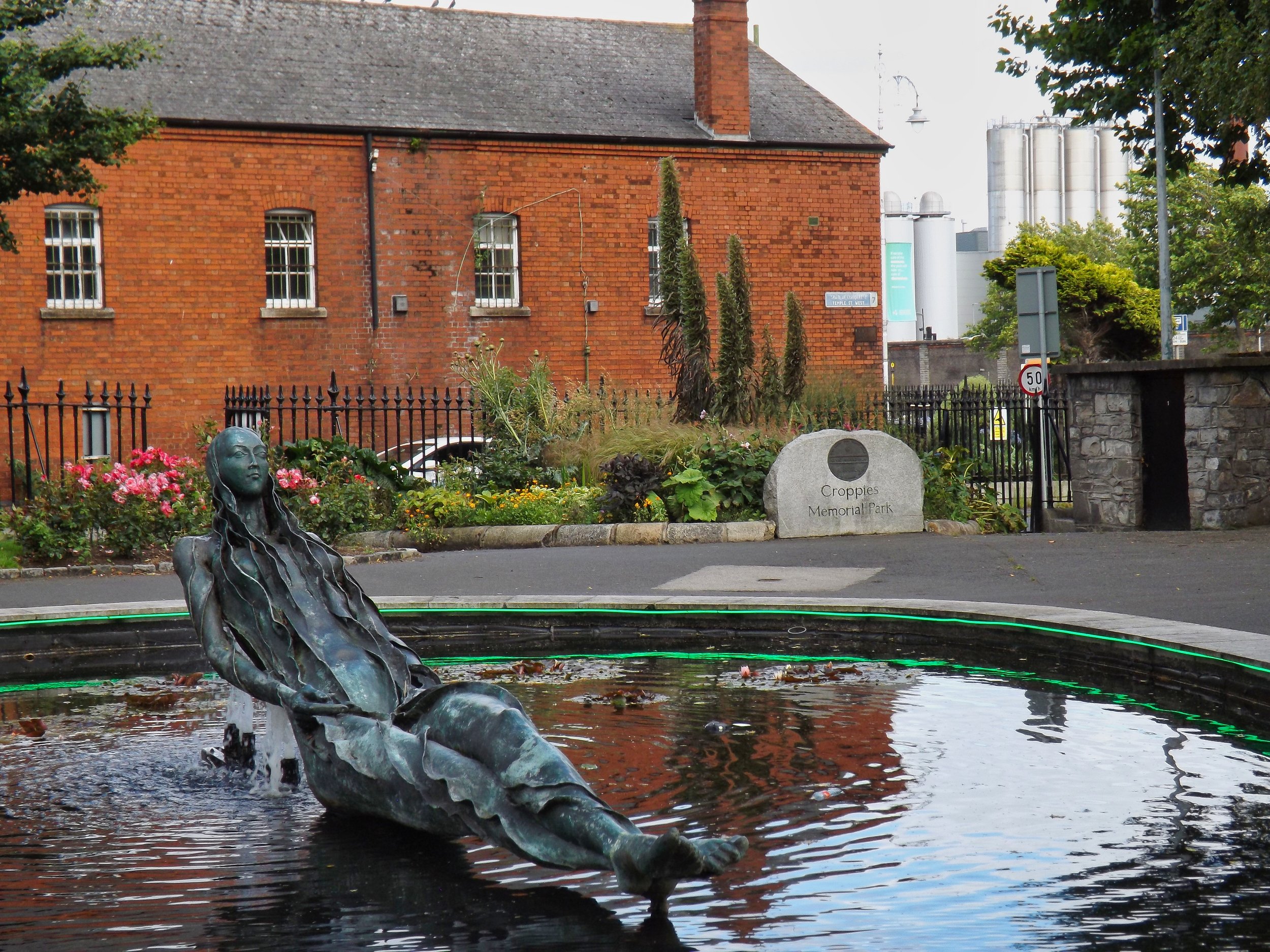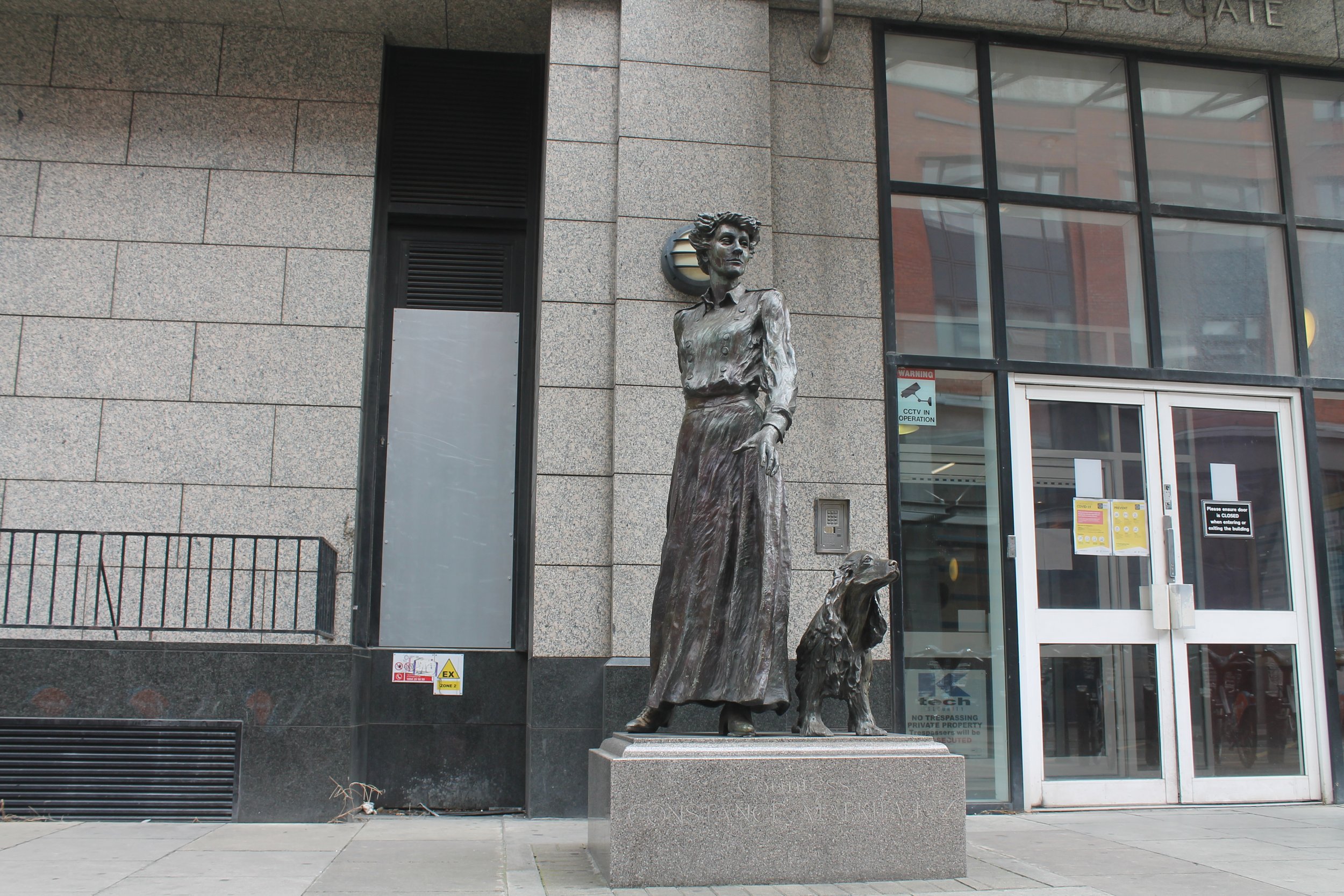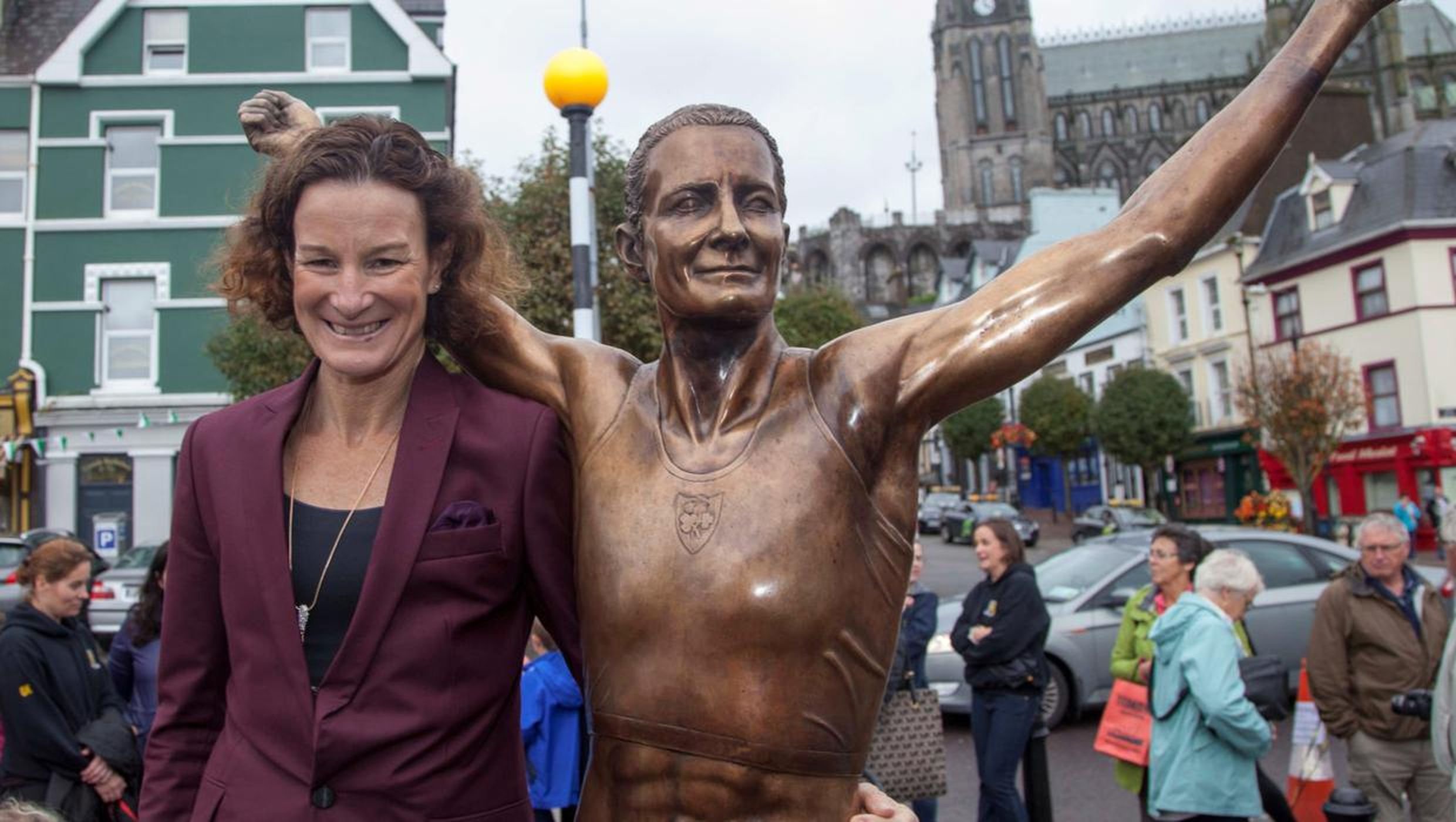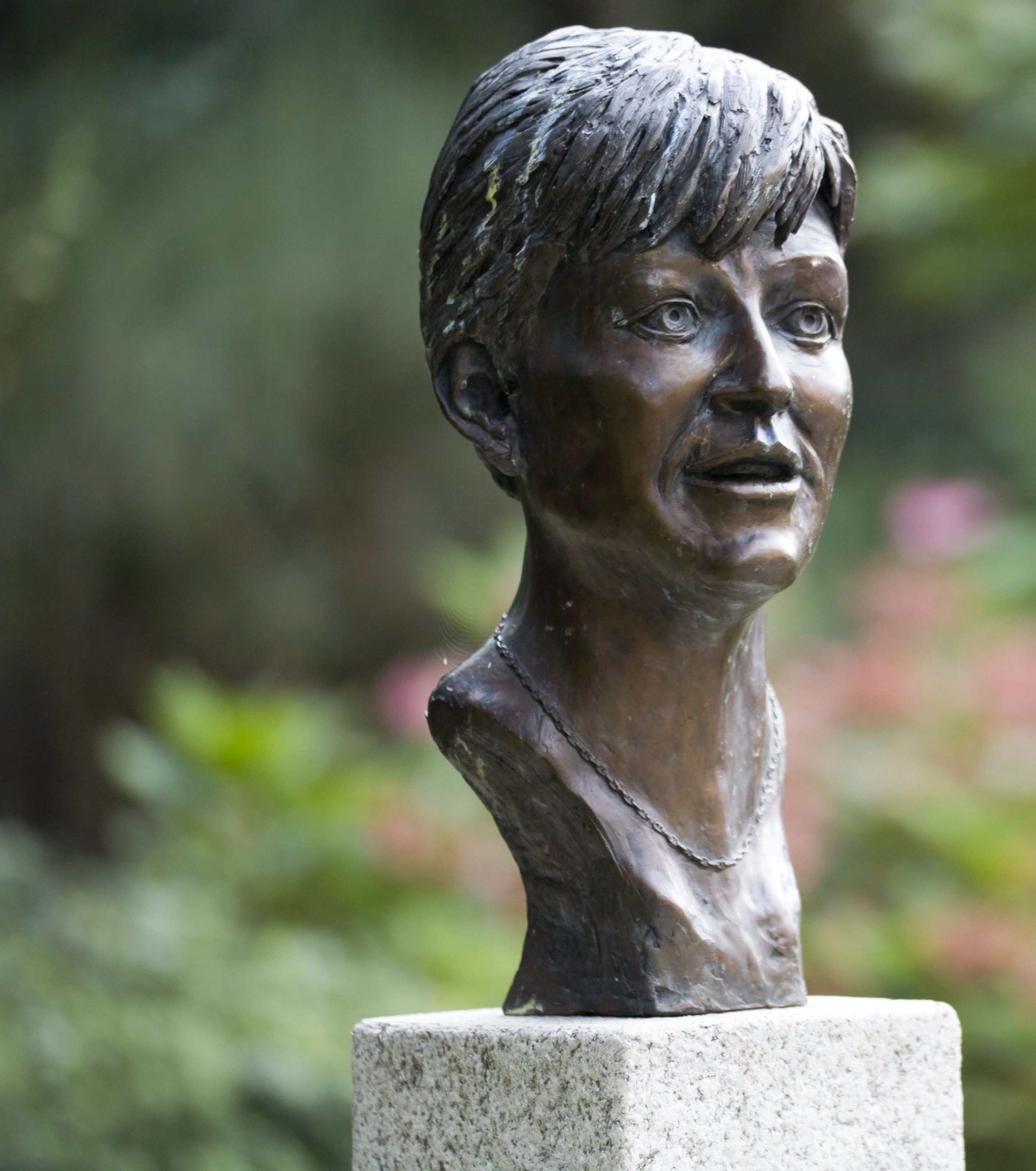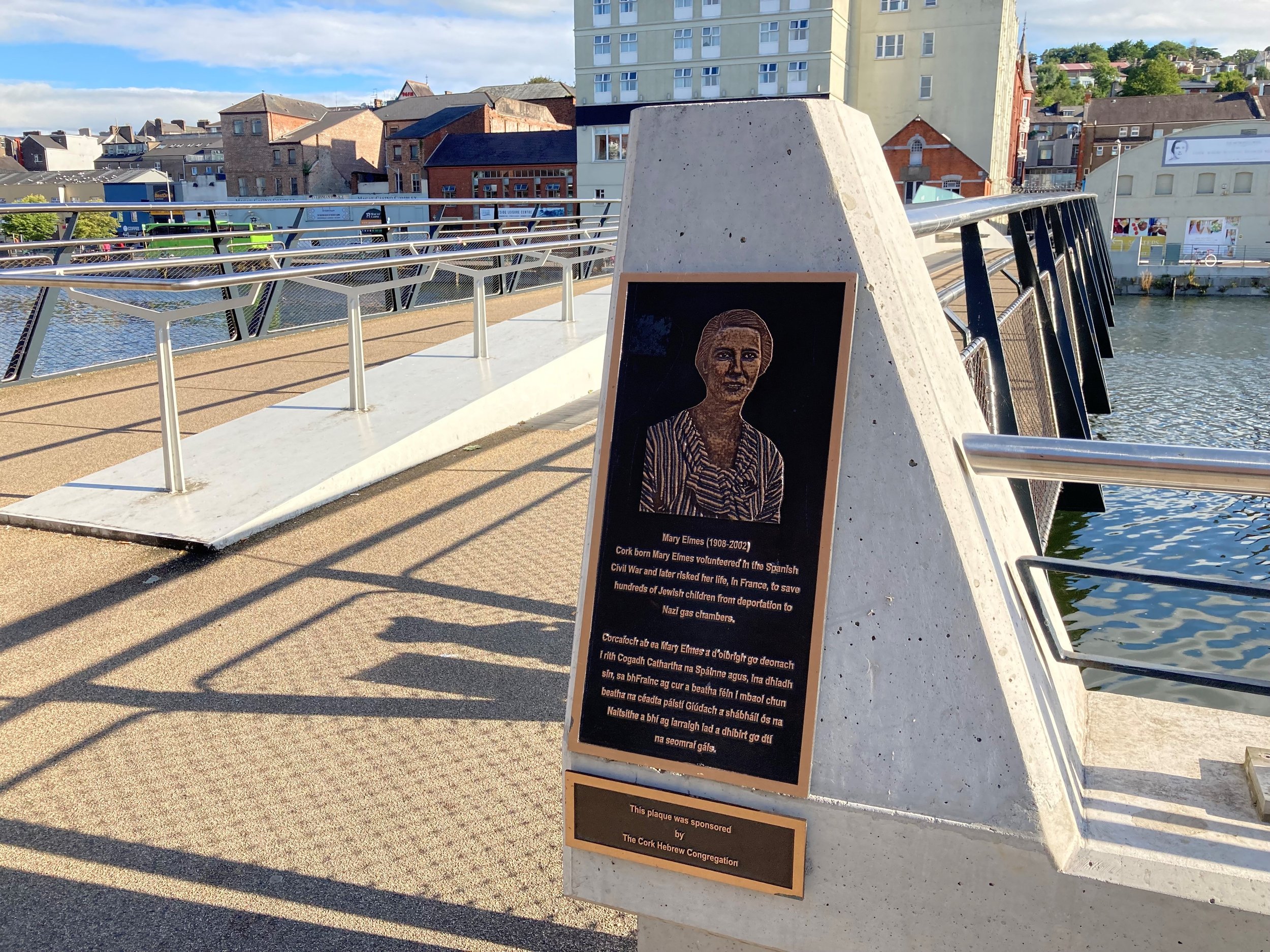Monumental Women
Why are we so reluctant to memorialise or commemorate women’s achievements in our communities, asks Domhnall O’Donoghue.
Molly Malone
We all have our bugbears - public transport running late, poor phone coverage, tangled earphones, not being able to find the end of the Sellotape... Here is one of mine. Having spent a lifetime being nurtured, educated and inspired by magnificent women, I’m baffled that we’ve failed to celebrate their achievements fully.
Since the dawn of time, men have readily commemorated their own heroism and conquests. On the other hand, society has minimised, overlooked and even erased the accomplishments of women - the lifeblood of our communities and counties.
WHERE ARE THE STATUES?
I recently stumbled across data pertaining to Britain that stopped me in my tracks.
When it comes to immortalising British people, just one in five statues depicts a female - however, once I investigated these findings in closer detail, the results were even more disappointing.
According to the Public Monument sand Sculpture Association, only a fraction of these female statues actually honours everyday women. Instead, the majority are royal or religious figures - namely Queen
Victoria and the Virgin Mary - along with mythical or allegorical creations.
And, of course, there are several statues of women in the nude. Having spent considerable time in Blighty, I know how damp the country’s weather is; what lady – even one made of concrete or marble - wants to stand in the middle of some wet and windy square without a stitch?
At home, these one-sided commemorations are also frustratingly the norm. Not a single statue on Dublin’s O’Connell Street honours Irish women’s influence or input. By contrast, there are eight extolling real or fictional men, ranging from Daniel O’Connell to Charles Stewart Parnell, Cú Chulainn to the Savoy Cinema’s Mr Screen.
Before her location was downgraded to the outskirts of the city, the fictional Anna Livia, a character from James Joyce’s Finnegans Wake, stood - or rather reclined - on O’Connell Street. In the book, Anna Livia symbolised rebirth and renewal - a perfect tribute to Irish women’s spirit and fortitude.
However, after the statue was unveiled, it soon received the moniker, the ‘Floozy in the Jacuzzi’. So, on those rare occasions when we have recognised Irish women, fictional or otherwise, we have often diminished their status by reducing them to promiscuous, sexual entities.
Which also happened to Molly Malone - also now known as the ‘Tart with the Cart’. From over 200 statues dotted across Dublin’s city centre, I can only think of a paltry seven that depict historic Irish women - three of which commemorate political titan Countess Markiewicz. The others are Sisters of Mercy founder Catherine McAuley, 16th-century religious martyr Margaret Ball, and the late journalist Veronica Guerin. Constance Lloyd also claims a small statue, although it is, effectively, a companion piece of the memorial dedicated to her husband, Oscar Wilde.
These bleak statistics go beyond our statues, sadly. From 24 bridges crossing the River Liffey, just one boasts the name of a real woman - Rosie Hackett, who was the trailblazing trade union leader and co-founder of the Irish Women Workers' Union. And according to election archivist Alan Kinsella, there are 578 streets in Dublin city - 32 are named after women, which translates to just one-tenth of those named after their male counterparts.
‘IF I CAN SEE IT, I CAN BE IT’
Apart from their artistic and practical value - statues, bridges and streets serve another critical purpose: they act as a visible and educational reminder of the contributions of our community’s heroes.
Take the expression, ‘If I can see it, I can be it’. How many more young girls would be inspired to become future politicians, activists or entrepreneurs if we robustly documented the eff orts of the brilliant women who have previously broken glass ceilings - rather than relegating them to the footnotes of history? Ordinary and extraordinary women who have transformed this country at local and national levels - often against all odds.
How many more young boys will learn to respect the achievements of their female counterparts and move away from that archaic - and incorrect - belief that women are, somehow, the inferior sex?
HOPE FOR THE FUTURE
Thankfully, there are glimmers of progress. For instance, a year following the unveiling of the Rosie Hackett Bridge in Dublin, Cobh celebrated one of the country’s greatest sportspeople, Sonia O’Sullivan, in statue form. Also in the Rebel County, a new pedestrian and cycling bridge was named after local humanitarian Mary Elmes, described as the Irish Oskar Schindler, who helped save over 400 Jewish children and adults in France during World War Two. Elsewhere, the seemingly never-ending Rose Fitzgerald Kennedy Bridge that crosses the River Barrow is named after the mother of former US President John F. Kennedy.
Having previously been a judge for the Woman’s Way and Beko Mum of the Year awards, I’ve seen abundant proof that we are not in short supply of extraordinary women to immortalise in this country. Let’s continue doing so.

